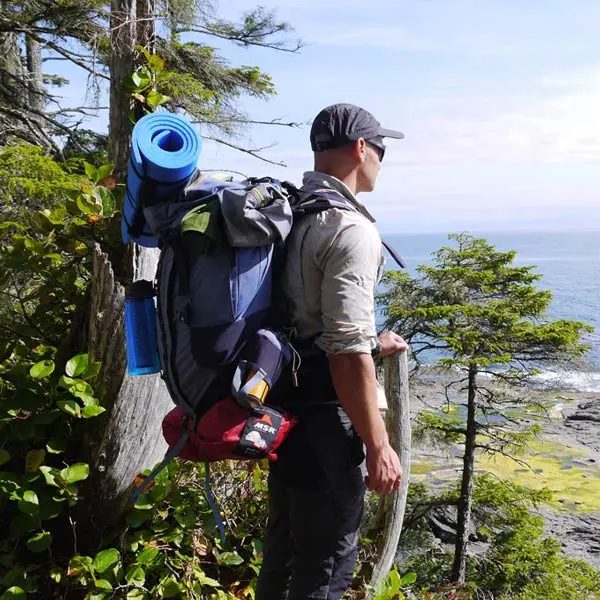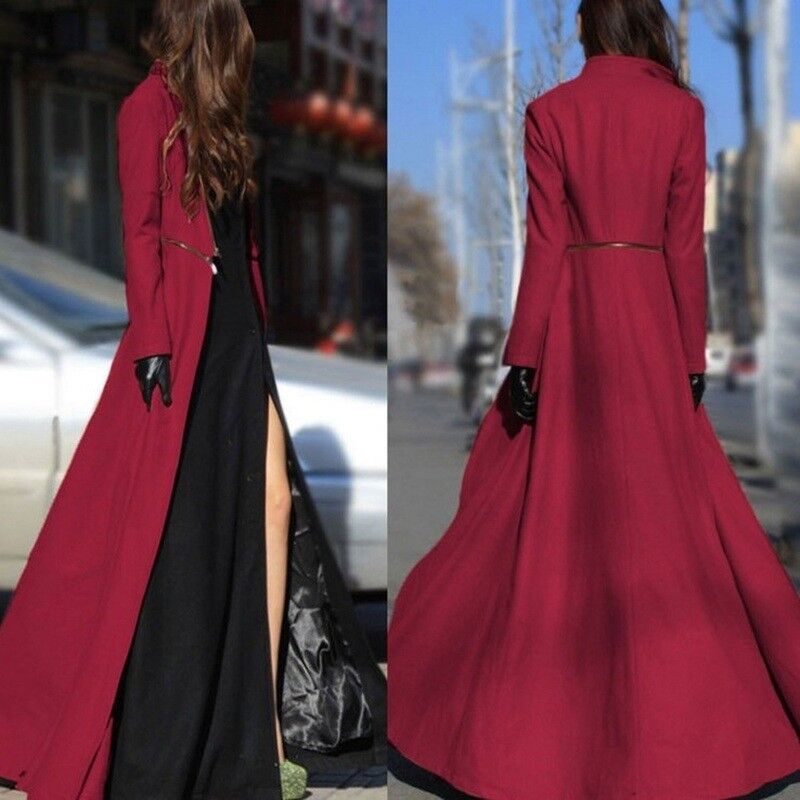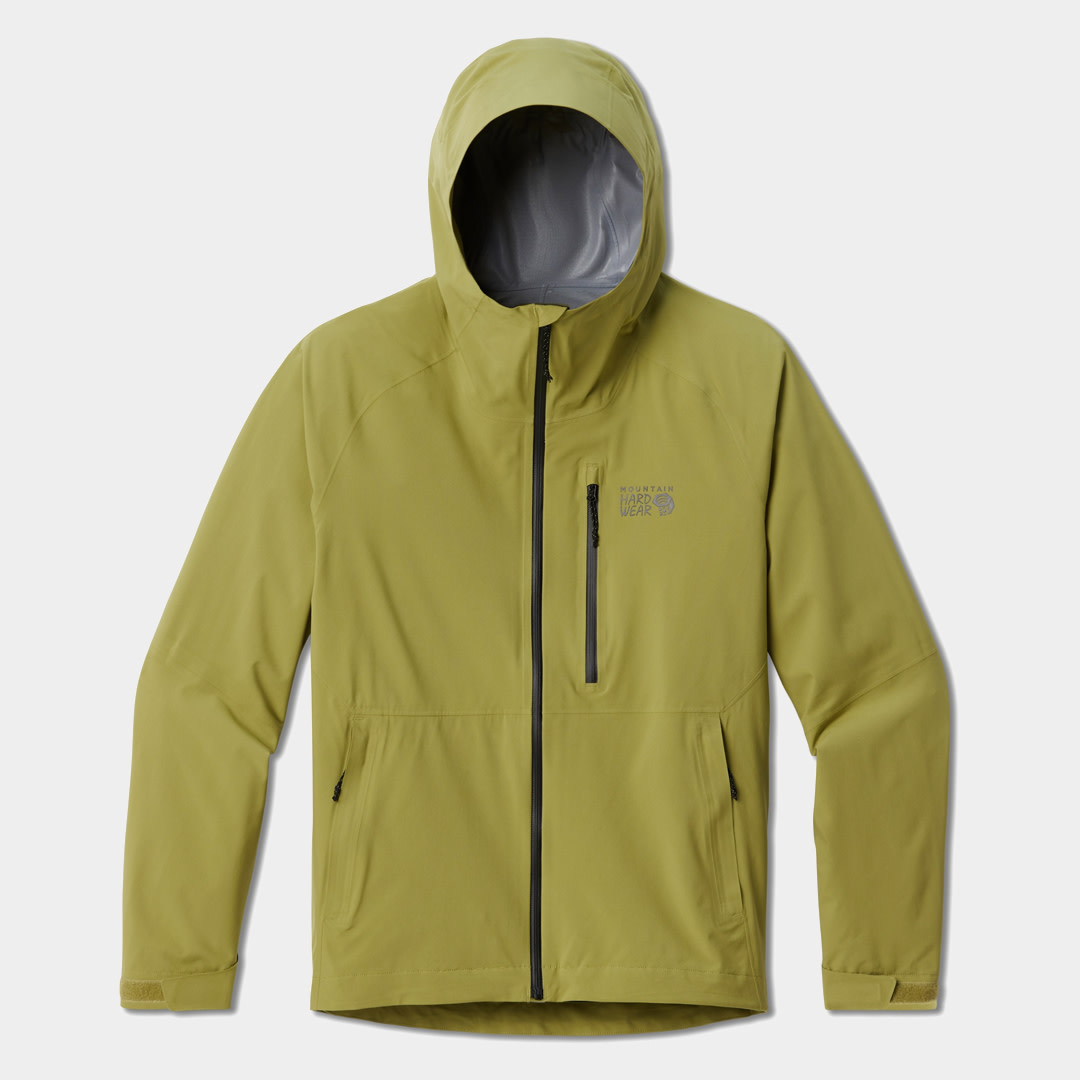Introduction: The Importance of Proper Backpacking Attire
Why Appropriate Clothing is Crucial for Backpacking
Backpacking involves extensive outdoor activities that demand physical endurance and resilience. The right clothing plays a vital role in ensuring comfort, protection, and performance in varying conditions. Improper attire can lead to discomfort, overheating, hypothermia, and even injuries. Choosing suitable backpacking clothes helps regulate body temperature, manage moisture, and provide necessary protection against environmental elements. By prioritizing the right gear, backpackers can focus on their adventures with confidence and ease.
What to Consider When Choosing Backpacking Clothes
When selecting backpacking clothes, consider factors like weather conditions, duration of the trip, and the terrain you’ll be traversing. Key elements include moisture management, thermal regulation, wind protection, and durability. Layering is a crucial strategy, allowing you to adapt to changing temperatures by adding or removing clothing as needed. Additionally, lightweight, packable clothing enhances convenience and reduces the overall weight of your backpack. Understanding these considerations ensures that you are well-equipped for the challenges and joys of backpacking.

Key Features of Backpacking Clothes
Moisture-Wicking and Breathability
Effective moisture management is essential for comfort and skin health during backpacking. Moisture-wicking fabrics, such as merino wool and synthetic materials like polyester and nylon, draw sweat away from the skin to the fabric’s surface, where it evaporates quickly. This process keeps you dry and prevents chafing, irritation, and the chilling effect caused by wet clothing. Breathable fabrics ensure adequate air circulation, preventing overheating and allowing your body to maintain a comfortable temperature. Together, moisture-wicking and breathable properties create a comfortable environment for extended physical activity.
Thermal Regulation and Insulation
Thermal regulation is crucial for maintaining comfort in varying weather conditions. Insulating layers, often made from materials like fleece, down, or synthetic fibers, retain body heat while allowing moisture to escape. These layers provide warmth without causing overheating, making them ideal for cooler temperatures. Thermal regulation also involves the strategic use of layering, with base layers, insulating layers, and outer layers working together to manage temperature and provide protection against the elements. Proper thermal regulation ensures you remain comfortable and safe, regardless of the weather conditions you encounter.
Types of Backpacking Clothes
Base Layers
Base layers are the foundation of your backpacking attire, worn directly against the skin. These layers are designed to wick moisture away from your body and provide a comfortable, breathable fit. Merino wool and synthetic fabrics are popular choices for base layers due to their moisture-wicking and quick-drying properties. Base layers come in various weights, from lightweight options for warmer conditions to heavier ones for colder climates. They form the first line of defense against moisture and temperature fluctuations, ensuring a dry and comfortable experience on the trail.
Mid-Layers
Mid-layers provide insulation and help retain body heat while allowing moisture to escape. Common materials for mid-layers include fleece, down, and synthetic insulation. Fleece mid-layers are breathable, lightweight, and quick-drying, making them ideal for active use. Down mid-layers offer exceptional warmth and packability but can lose insulating properties when wet. Synthetic insulation provides a good balance of warmth, breathability, and moisture resistance. The choice of mid-layer depends on the expected weather conditions and personal comfort preferences. Mid-layers are crucial for staying warm and comfortable during colder parts of your adventure.
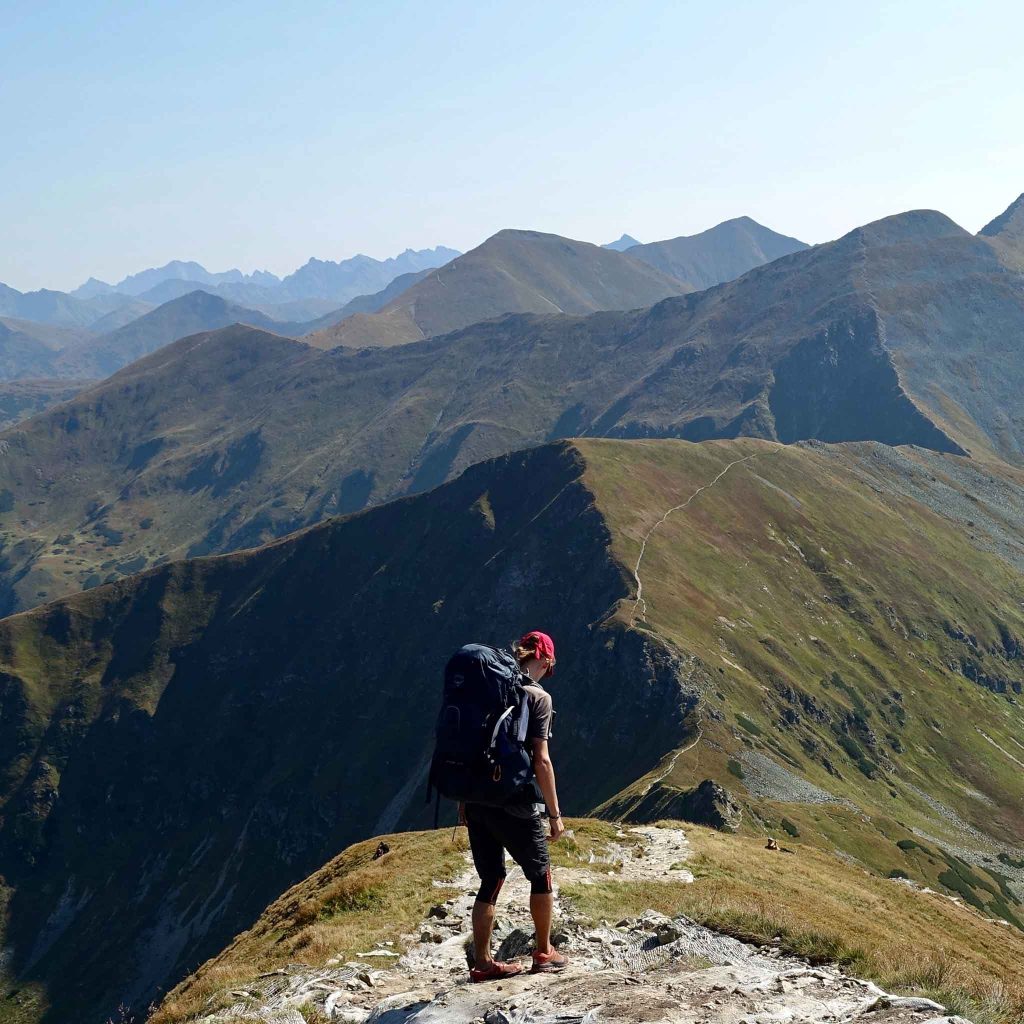
Outer Layers and Shells
Waterproof and Windproof Jackets
Outer layers, or shells, are designed to protect you from wind, rain, and snow, serving as the outermost barrier against the elements. Waterproof and windproof jackets made from materials like Gore-Tex or other breathable membranes are essential for preventing heat loss and keeping you dry in wet conditions. These jackets often feature adjustable hoods, cuffs, and hemlines to create a secure fit and prevent water from seeping in. Proper ventilation options, like pit zips, help manage moisture and temperature. Investing in a high-quality outer layer ensures that you are prepared for unpredictable weather and can maintain comfort on the trail.
Convertible Pants and Quick-Dry Shorts
Flexibility and practicality are key when it comes to lower body apparel. Convertible pants, which can be zipped off into shorts, offer versatility for changing weather conditions and varying activity levels. Made from lightweight, quick-drying fabrics, these pants provide comfort and convenience. Quick-dry shorts are ideal for warm weather or water-related activities, ensuring you stay dry and comfortable. Look for options with ample pockets, reinforced seams, and adjustable waistbands for added functionality. These versatile clothing items enhance your adaptability and comfort during backpacking trips.
Styling and Layering Your Backpacking Clothes
Layering for Temperature Control
Layering is a strategic approach to regulating body temperature and adapting to changing weather conditions. The three-layer system includes a base layer for moisture-wicking, a mid-layer for insulation, and an outer layer for weather protection. This system allows you to add or remove layers as needed, ensuring optimal comfort and performance. For example, start with a moisture-wicking base layer, add a fleece mid-layer for warmth, and top it off with a waterproof shell when facing rain or wind. Proper layering enables you to stay comfortable and protected without carrying excessive weight.
Mixing Functionality with Style
While functionality is paramount, you don’t have to sacrifice style when choosing backpacking clothes. Many outdoor brands offer functional gear that’s also stylish and versatile for both trail and town. Opt for clothing in neutral tones like black, gray, and khaki for easy mixing and matching. Look for features such as tailored fits, modern designs, and subtle patterns to enhance your outfit’s appearance. By balancing functionality with style, you can feel confident and comfortable, whether you’re on the trail or enjoying post-hike activities.
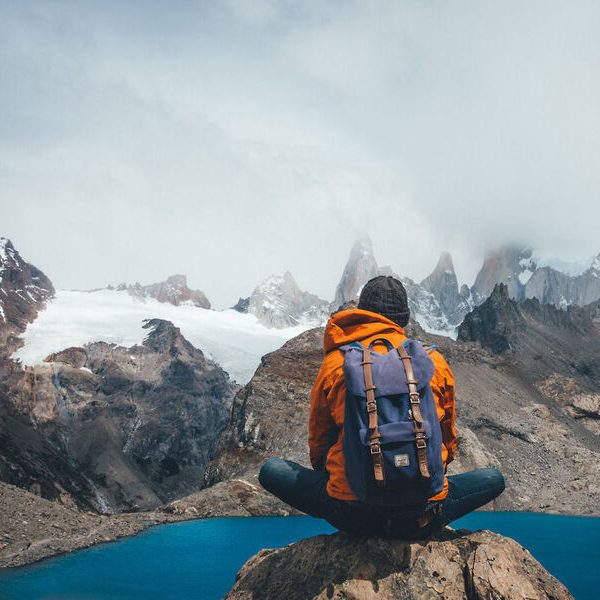
Health and Practical Benefits of Backpacking Clothes
Preventing Hypothermia and Hyperthermia
Effective backpacking clothes play a critical role in preventing hypothermia and hyperthermia. Hypothermia, caused by exposure to cold and wet conditions, can be life-threatening. Proper layering, moisture-wicking fabrics, and insulating materials help retain body heat and keep you dry. Conversely, hyperthermia results from overheating and can lead to heat exhaustion or heat stroke. Lightweight, breathable, and moisture-wicking clothing helps regulate body temperature and prevents overheating. By choosing the right backpacking clothes, you can avoid these dangerous conditions and enjoy a safer outdoor experience.
Enhancing Comfort and Performance
Backpacking clothes are designed to enhance your comfort and performance on the trail. Lightweight, quick-drying fabrics reduce the burden of carrying extra weight and ensure you stay comfortable in various weather conditions. Features such as stretchable materials, ergonomic designs, and reinforced seams promote ease of movement and durability. Properly chosen clothing minimizes the risk of blisters, chafing, and discomfort, allowing you to focus on the adventure rather than your attire. The right gear boosts your confidence and capability, enabling you to tackle challenging terrains and long distances with ease.
Choosing the Right Backpacking Clothes
Material Selection and Fabric Technologies
When selecting backpacking clothes, the choice of fabric and material technologies is crucial. Look for high-performance materials like merino wool, polyester, nylon, and elastane blends that offer moisture-wicking, quick-drying, and breathable properties. Technologies such as Gore-Tex, Polartec, and Dri-FIT enhance weather resistance, insulation, and comfort. Each material serves a different purpose, so consider your specific needs, activities, and the expected weather conditions. Investing in high-quality fabrics and technologies ensures that your clothing performs optimally, providing the necessary protection and comfort for your backpacking adventures.
Fit, Functionality, and Features
The fit and functionality of backpacking clothes significantly impact your comfort and performance. Choose clothing that fits well without being too tight or too loose, allowing for natural movement and effective layering. Functional features to look for include adjustable waistbands, reinforced knees and elbows, multiple pockets, and ventilation options. Articulated joints and stretchable fabrics enhance mobility, while flatlock seams reduce chafing. Consider clothing with antimicrobial treatments to control odor and maintain freshness. By evaluating fit, functionality, and features, you can select backpacking clothes that meet your specific requirements and enhance your overall experience.
Caring for Your Backpacking Clothes
Cleaning and Maintenance Tips
Proper care and maintenance extend the lifespan and effectiveness of your backpacking clothes. Always follow the care instructions on the labels for specific guidance. Generally, use cold water and a mild detergent to preserve fabric properties like moisture-wicking and breathability. Avoid using fabric softeners and bleach, as they can degrade performance features. Hand washing is recommended for delicate items, while machine washing should be done on a gentle cycle. Air drying is preferable to maintain fabric integrity and prevent shrinkage. Regularly cleaning and maintaining your gear ensures it remains functional and ready for future adventures.
Storage Solutions
Storing your backpacking clothes correctly helps preserve their quality and functionality. Ensure the clothes are completely dry before storing to prevent mold and mildew. Fold the garments neatly and store them in a cool, dry place away from direct sunlight, which can degrade fabrics over time. Use storage bags or containers to protect against dust and pests. For long-term storage, consider using vacuum-sealed bags to save space and keep clothes fresh. Proper storage practices keep your backpacking clothes in optimal condition, ensuring they are ready for your next outdoor excursion.
Conclusion: Maximizing Your Backpacking Experience
Investing in Quality Backpacking Clothes
Investing in high-quality backpacking clothes is essential for a comfortable and successful outdoor experience. Superior fabrics, thoughtful designs, and functional features provide the necessary protection, comfort, and performance in various conditions. By prioritizing the right gear, you enhance your ability to tackle challenging terrains, adapt to changing weather, and enjoy the natural beauty around you. Quality backpacking clothes are a long-term investment in your health, safety, and overall outdoor enjoyment.
Enjoying the Great Outdoors with Confidence
The right backpacking attire enables you to embrace the great outdoors with confidence and enthusiasm. Whether you’re embarking on a multi-day trek, a weekend camping trip, or a day hike, well-chosen clothing ensures you remain comfortable, protected, and ready for any adventure. By understanding the importance of appropriate backpacking clothes and making informed choices, you can focus on creating memorable experiences and exploring new horizons. Equip yourself with the best gear, and enjoy the journey that lies ahead, knowing you’re prepared for whatever nature brings your way.
